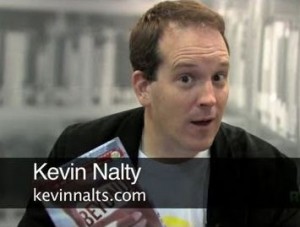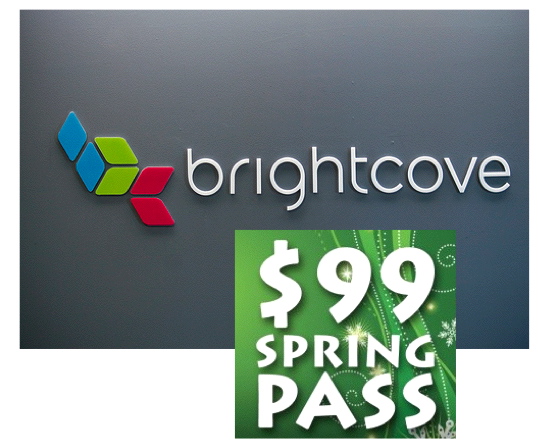 It’s unfortunate that most online-polls don’t provide an incentive. But if you do see a poll invitation surrounding an online video (on YouTube or other sites), I encourage you to participate, and do so thoughtfully and honestly.
It’s unfortunate that most online-polls don’t provide an incentive. But if you do see a poll invitation surrounding an online video (on YouTube or other sites), I encourage you to participate, and do so thoughtfully and honestly.
I’ll briefly explain how they work, and why viewer feedback is so important to sustaining online-video model.
- As you know, ads fund our online-video experience.
- Content creators and YouTube don’t make a dime from viewers, so selling viewer eyeballs back to advertisers is the only way for them to cover costs and, daresay, profit.
- But advertisers have to know if their ads work. Since few people click ads, we marketers are interested in if the ads changed people’s perceptions about our products or services (and if they’re more likely to buy).
- It’s extremely difficult to get reliable data from a consumer about what drove their decision (they can’t accurately attribute the element of the marketing mix that was most influential). For example, most of my target consumers will claim television was the most influential, and we haven’t bought a television ad in a half-dozen years. Coupons are measurable, but usually “attitude and attribute” trackers are how we determine which half of advertising is working.
Typically online-video polls (through such vendors as Insight Interactive and Dynamic Logic) survey a test and a control sample. Simply put, those who have seen the ads and those who haven’t. They’re usually too long, and I have a hard time completing them myself.
How do we use the data? If the viewers who saw the ad like the brand (or better yet have increased “intention to buy”) more than the viewers that haven’t seen the ad, then the ad presumably was effective. A big difference between these ratings and we feel more confident that we’re driving sales. Since the investment in online-video ads is relatively paltry, then the ROI is likely to be positive.
Then, and only then, is the website and creator compensated beyond a pilot. As a result, the viewer can go about watching free content (and, of course, spending on the advertisers’ products or services). If ad-supported video content languishes, then creators will eventually fatigue (unless they’re OCD like me, and don’t seem to care that their hourly rate would be better at Taco Bell).
Bottom line: I encourage you to take polls. Don’t try to trick them, because they’re pretty savvy. But spend the time on them and consider the questions. Your incentive won’t be a free gift certificate, but you’ll know that you served your part to sustain the free-viewing model. Who wants the Cable TV model (fee for select programming) to hit online? Not me.




